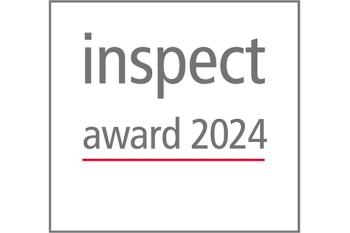Stereo Microscope Aids the Success of NEUDose Satellite Project
02.01.2017 -
Space exploration is an ongoing adventure that captivates our imagination resulting in scientific and technological breakthroughs that benefit all of humanity. Currently, space programmes are shifting from government-driven strategies to commercial-driven initiatives.
Advanced radiation dosimeters
The NEUDOSE (NEUtron DOSimetry & Exploration) mission concept grew out of the need to developed advanced radiation dosimeters that lower the risk of deep space mission by providing superior radiation exposure monitoring. McMaster University is one of the world’s foremost institutions on health effects from radiation exposure and is ideally suited to address this challenge.
The project is led by Dr. Andrei Hanu who is currently working at NASA’s Goddard Space Flight Center. The team is a group of undergraduate students from the University that are designing, fabricating, and planning to launch a small satellite (CubeSat) into low earth orbit in order to study the effects of ionizing radiation on the human body. The team comprises of Medical Physics, Electrical Engineering, Computer Engineering, Mechanical Engineering, Mechatronics Engineering, and Engineering Physics students.
For the project to be successful it is important each component is thoroughly inspected to ensure accuracy and functionality. Vision Engineering’s Mantis Elite-Cam has been chosen as the vital piece of equipment for this task because of its ergonomic advantages.
Mantis Elite-Cam bridges the gap between the microscope and the bench magnifier and with the eyepiece-less technology, users can inspect accurately for longer periods. This is because the ergonomic advantages of the eyepiece-less viewer means students don't suffer from neck ache or fatigue, symptoms usually associated with using a traditional microscope.
The stereo microscope will primarily be used to inspect the PCBs and other small components of the satellite found on the main instrument of the satellite (the payload) and the TEPC, a device that measures the amount of harmful radiation for astronauts in low earth orbit. It will also be used during the building of the main onboard computer and the satellite’s communications device. The integrated camera of the Mantis Elite-CAM will allow the students to capture images from inspection, aid in reflow soldering and as a teaching tool.
Satellite quality assurance
The secondary use of the Mantis Elite-CAM will be for all other quality assurance, for example the inspection of the solar panels, the fly wheels (controls the orientation of the satellite) and the structure itself. The satellite measures only 10 cm x 10 cm x 30 cm and filled with a lot of equipment and technology inside.
The McMaster Satellite Exploration will provide students with an enhanced learning opportunity and a unique skillset that will supplement the academic fundamentals provided through their education at McMaster University. A project of this magnitude offers a brand new learning opportunity very few universities can provide.
Contact
Vision Engineering Central Europe
Anton-Pendele-Straße 3
82275 Emmering
Germany
+49 8141 401 67 0
+49 8141 401 67 55








